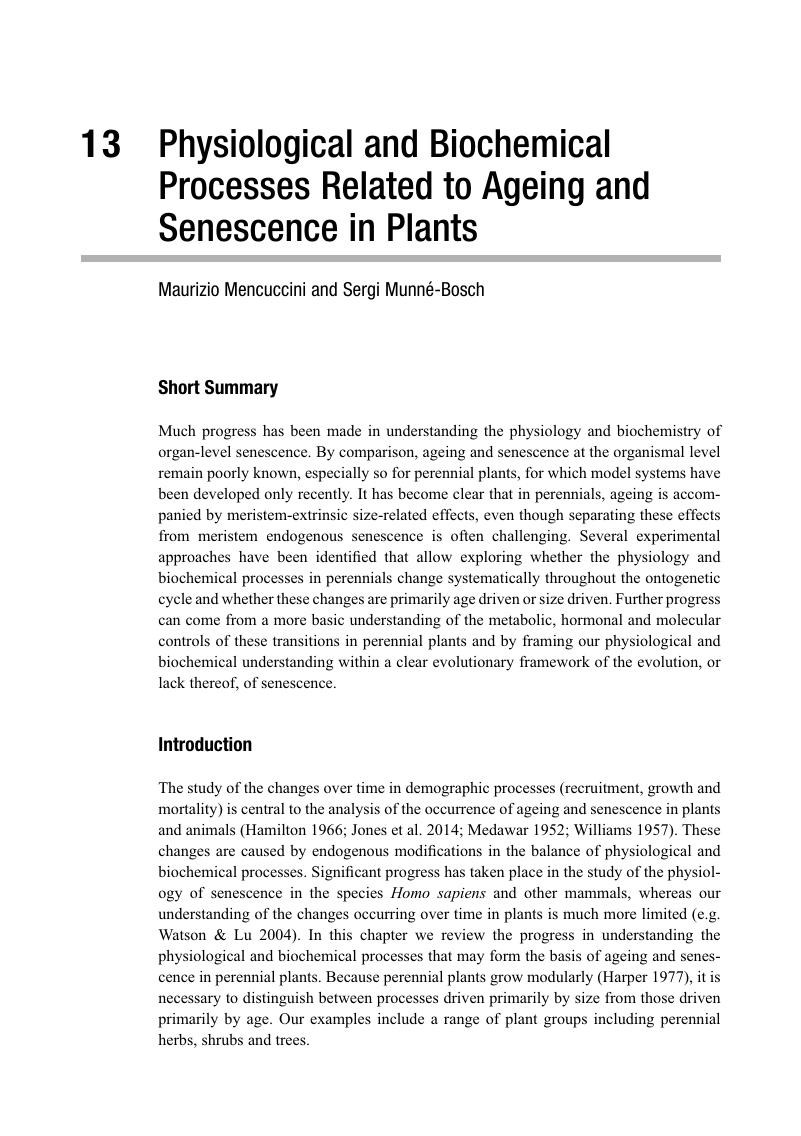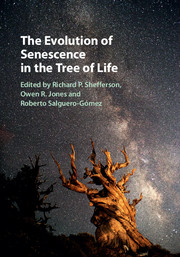Book contents
- The Evolution of Senescence in the Tree of Life
- The Evolution of Senescence in the Tree of Life
- Copyright page
- Dedication
- Contents
- Contributors
- Acknowledgements
- 1 Introduction: Wilting Leaves and Rotting Branches
- Part I Theory of Senescence
- Part II Senescence in Animals
- Part III Senescence in Plants
- 13 Physiological and Biochemical Processes Related to Ageing and Senescence in Plants
- 14 The Evolution of Senescence in Annual Plants
- 15 Demographic Senescence in Herbaceous Plants
- 16 Complex Life Histories and Senescence in Plants
- Part IV Senescence in Microbes
- Part V Senescence across the Tree of Life
- Index
- References
13 - Physiological and Biochemical Processes Related to Ageing and Senescence in Plants
from Part III - Senescence in Plants
Published online by Cambridge University Press: 16 March 2017
- The Evolution of Senescence in the Tree of Life
- The Evolution of Senescence in the Tree of Life
- Copyright page
- Dedication
- Contents
- Contributors
- Acknowledgements
- 1 Introduction: Wilting Leaves and Rotting Branches
- Part I Theory of Senescence
- Part II Senescence in Animals
- Part III Senescence in Plants
- 13 Physiological and Biochemical Processes Related to Ageing and Senescence in Plants
- 14 The Evolution of Senescence in Annual Plants
- 15 Demographic Senescence in Herbaceous Plants
- 16 Complex Life Histories and Senescence in Plants
- Part IV Senescence in Microbes
- Part V Senescence across the Tree of Life
- Index
- References
Summary

- Type
- Chapter
- Information
- The Evolution of Senescence in the Tree of Life , pp. 257 - 283Publisher: Cambridge University PressPrint publication year: 2017
References
- 11
- Cited by



